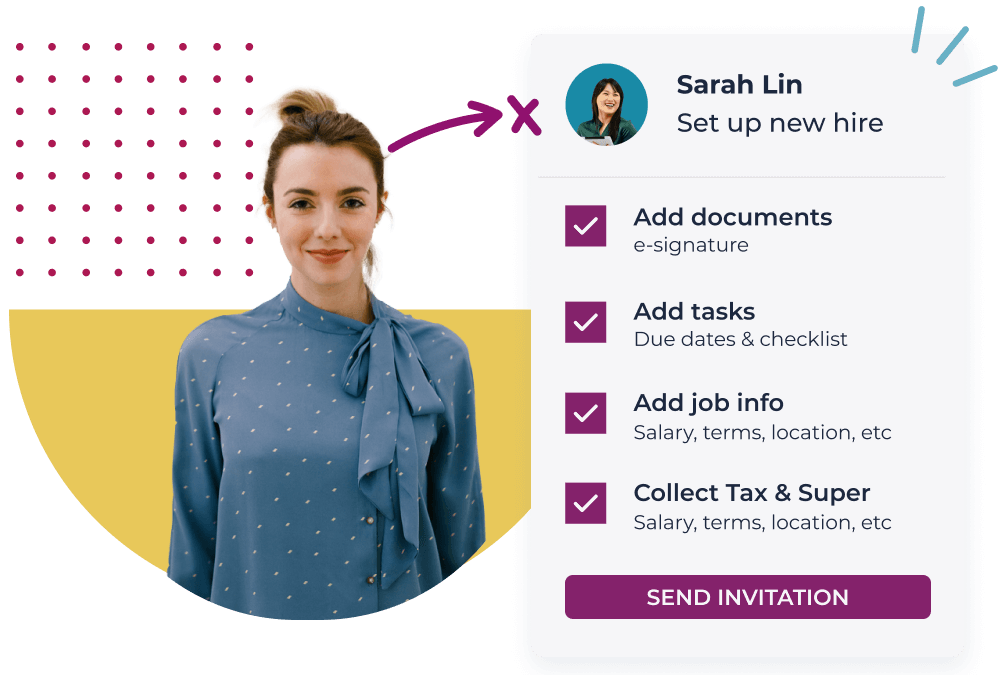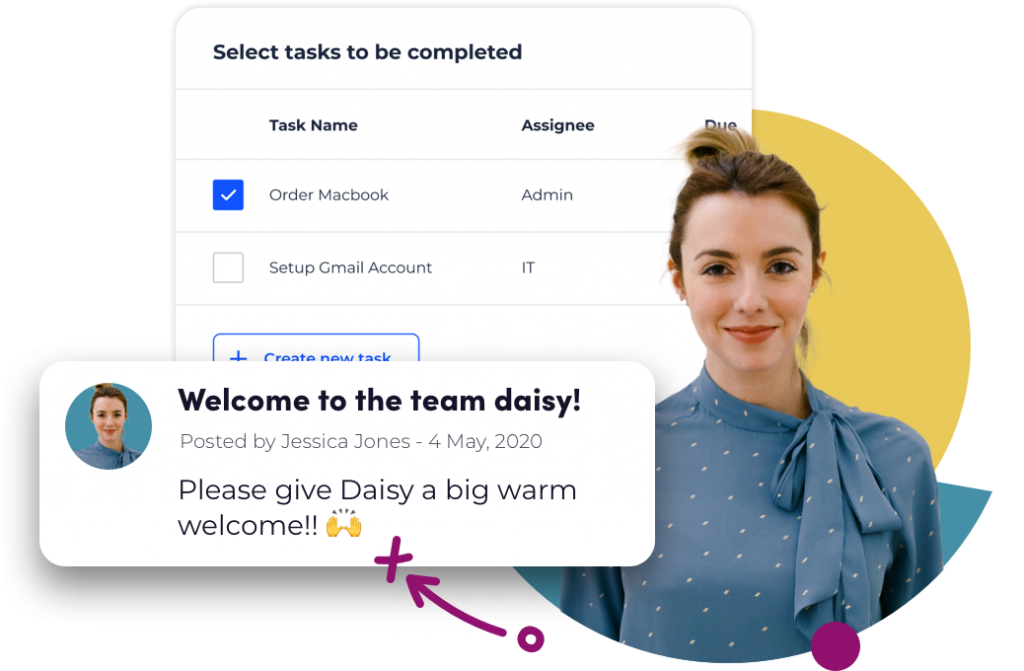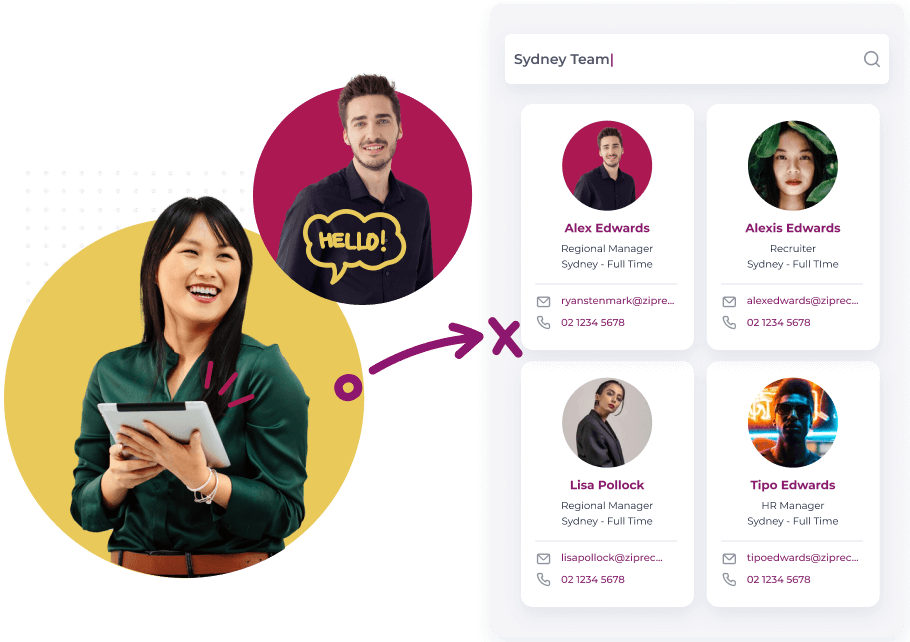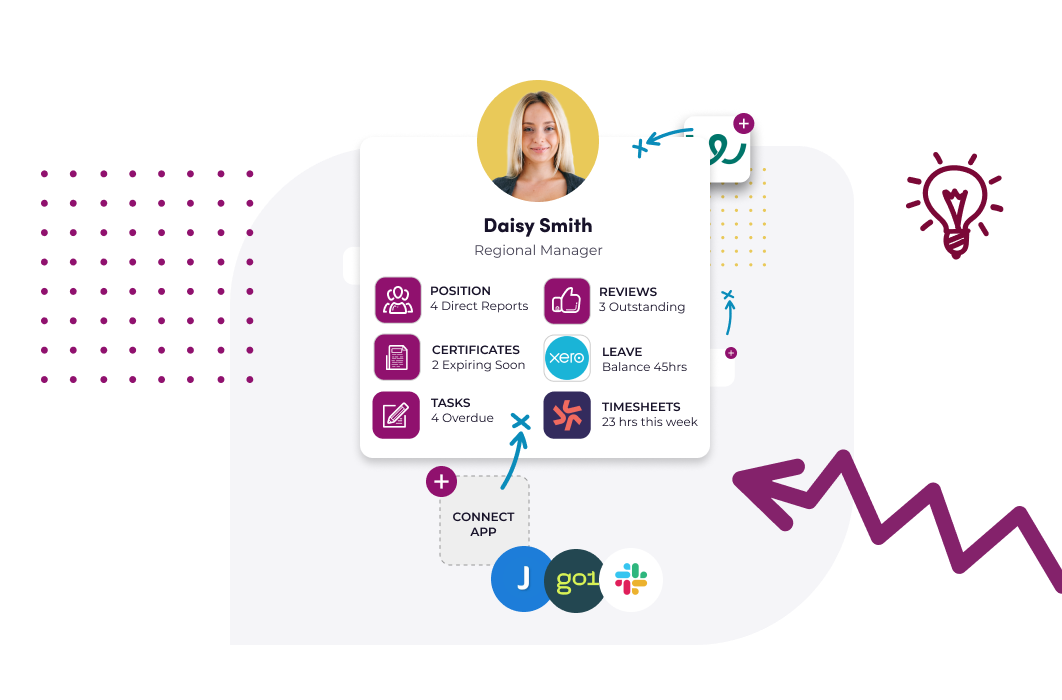Effective employee onboarding is a crucial process for any business aiming to build a successful and engaged workforce. By implementing a well-structured onboarding program, businesses can lay the foundation for strong employee relationships, boost productivity, and reduce turnover. In this guide, we will explore the key steps and best practices to ensure a seamless and impactful onboarding experience for your new hires.
Other onboarding resources that are worth a look!
- Case Study: How an Australian business streamlined the onboarding process with a modern, consolidated HR platform
- Effective Employee Onboarding: The Importance of Orientation, Onboarding, and Training
- The importance of first impressions during new hire onboarding
- Ensure employee compliance during the onboarding process
- Employee onboarding checklist template
- Sample employee onboarding process map
How to effectively onboard new employees
Step 1: Preparing for Onboarding before your new employee’s first day
When preparing for onboarding before your new employee’s first day, it’s important to lay the groundwork for a smooth onboarding process. This involves preparing the necessary paperwork, setting up their workspace, and communicating essential details such as start dates, dress codes, and any required documentation. Additionally, ensure that your team is aware of the new hire’s arrival and assign a buddy or mentor to help them integrate into the company culture.

Step 2: Welcome and Orientation On the first day
On the first day, create a warm and inviting atmosphere to make your new employee feel comfortable and welcomed. Start with a formal introduction, provide an overview of the company’s mission, values, and culture, and offer a tour of the office or workplace. Introduce key team members and encourage interactions to foster early connections.

Step 3: Job Training and Tools
To set your new employee up for success, provide thorough job training and equip them with the necessary tools and resources. Develop a structured training plan that covers the essential skills and knowledge required for their role. Provide access to software systems, tools, and any relevant training materials. Regular check-ins and feedback sessions can help identify areas for improvement and ensure they feel supported.
Step 4: Clarify Roles and Expectations
Clearly define the new employee’s roles, responsibilities, and performance expectations. This could involve using frameworks such as SMART (Specific, Measurable, Achievable, Relevant, Time-bound) to set goals and align their individual objectives with the company’s goals. Regularly communicate progress and offer guidance to foster growth and development.
Step 5: Integrate into the Company Culture
Assimilating into the company culture is vital for long-term employee satisfaction and engagement. Encourage participation in team-building activities, departmental meetings, and social events. Provide opportunities for new hires to shadow experienced employees, collaborate on projects, and contribute to decision-making processes. This integration will help them feel valued and part of the team.

Step 6: Ongoing Support and Feedback
Employee onboarding is not a one-time event but a continuous process. Provide ongoing support to address any questions or concerns your new employee may have. Regularly schedule check-ins to offer feedback, discuss progress, and provide opportunities for growth. Encourage open communication channels to maintain a positive work environment and strengthen employee-manager relationships.

Step 7: Evaluation and Development
Periodically evaluate the effectiveness of your employee onboarding program to identify areas for improvement. Collect feedback from new hires to understand their experience and make adjustments accordingly. Continuously refine your onboarding process based on the feedback received and industry best practices to enhance the employee experience and overall success of your small business.
Let’s streamline you onboarding process together
Worknice offers powerful core HR features including onboarding. Talk to us about your plans and discover how Worknice can help you build a great company.
Explore NowBy implementing a well-designed onboarding program, small businesses can effectively integrate new employees, accelerate their productivity, and foster a strong sense of belonging within the organisation. Investing time and effort into employee onboarding pays off in the long run, as it contributes to higher employee satisfaction, retention, and overall business growth. Follow the steps outlined in this guide to ensure a seamless and impactful onboarding experience for your business.



